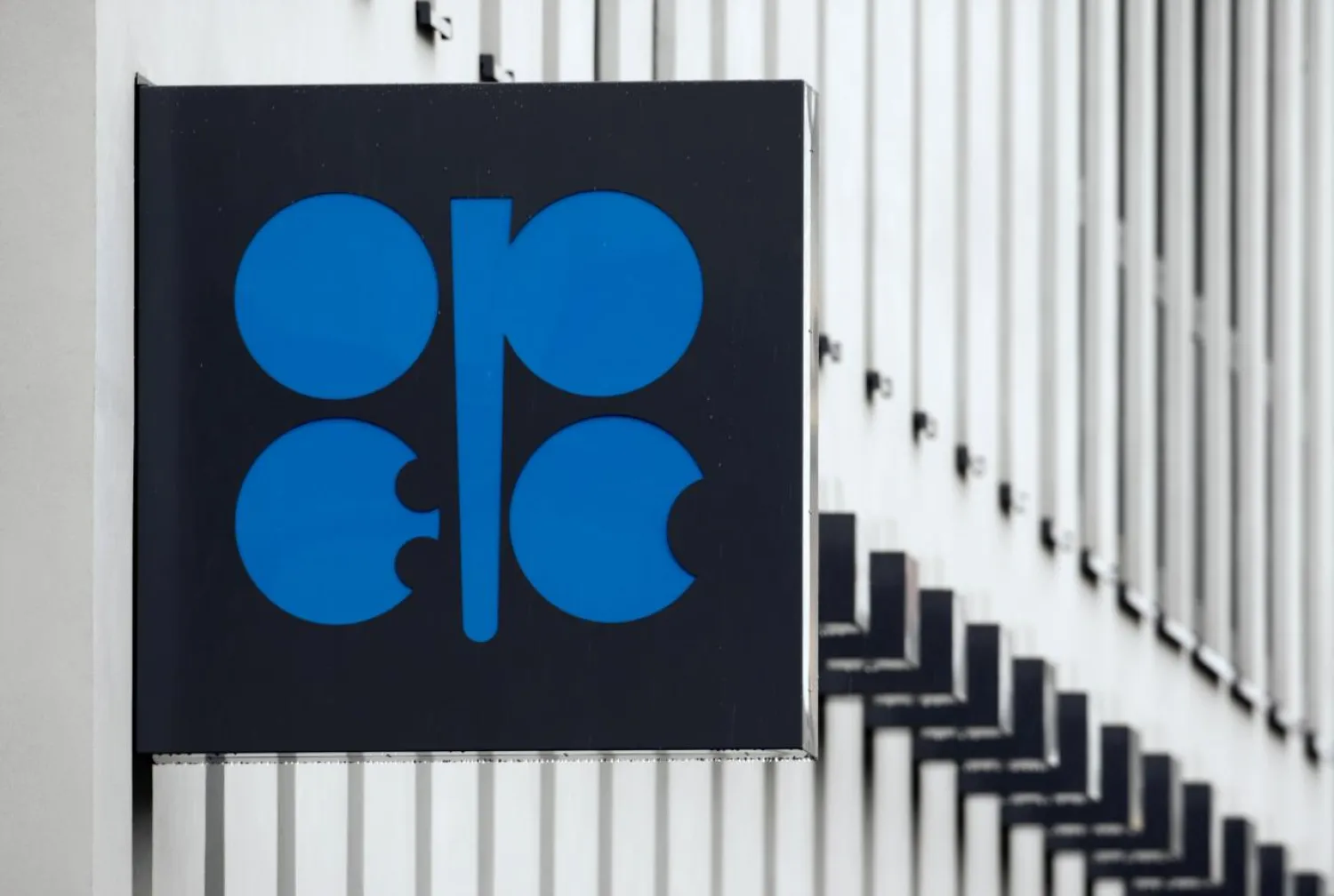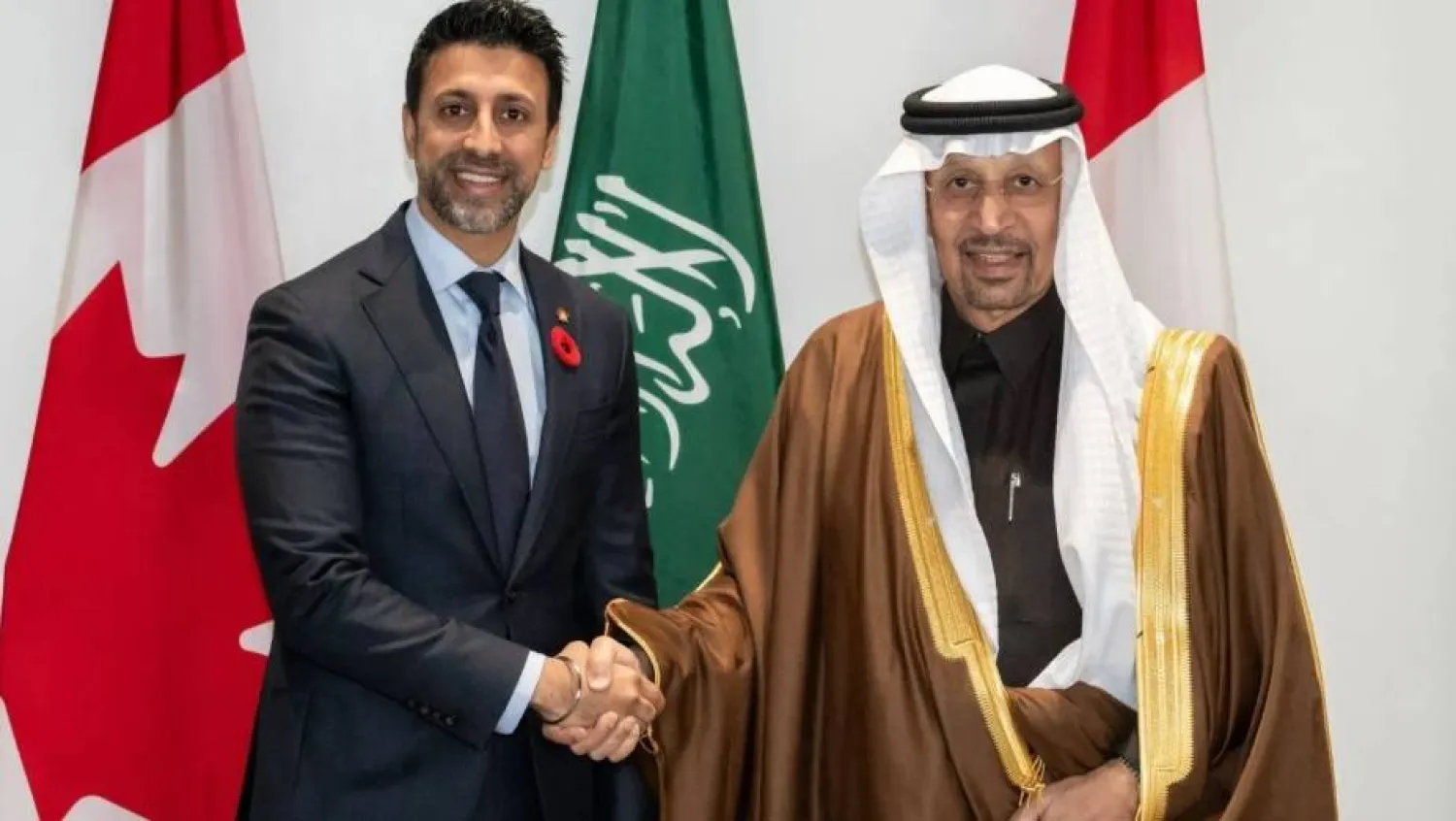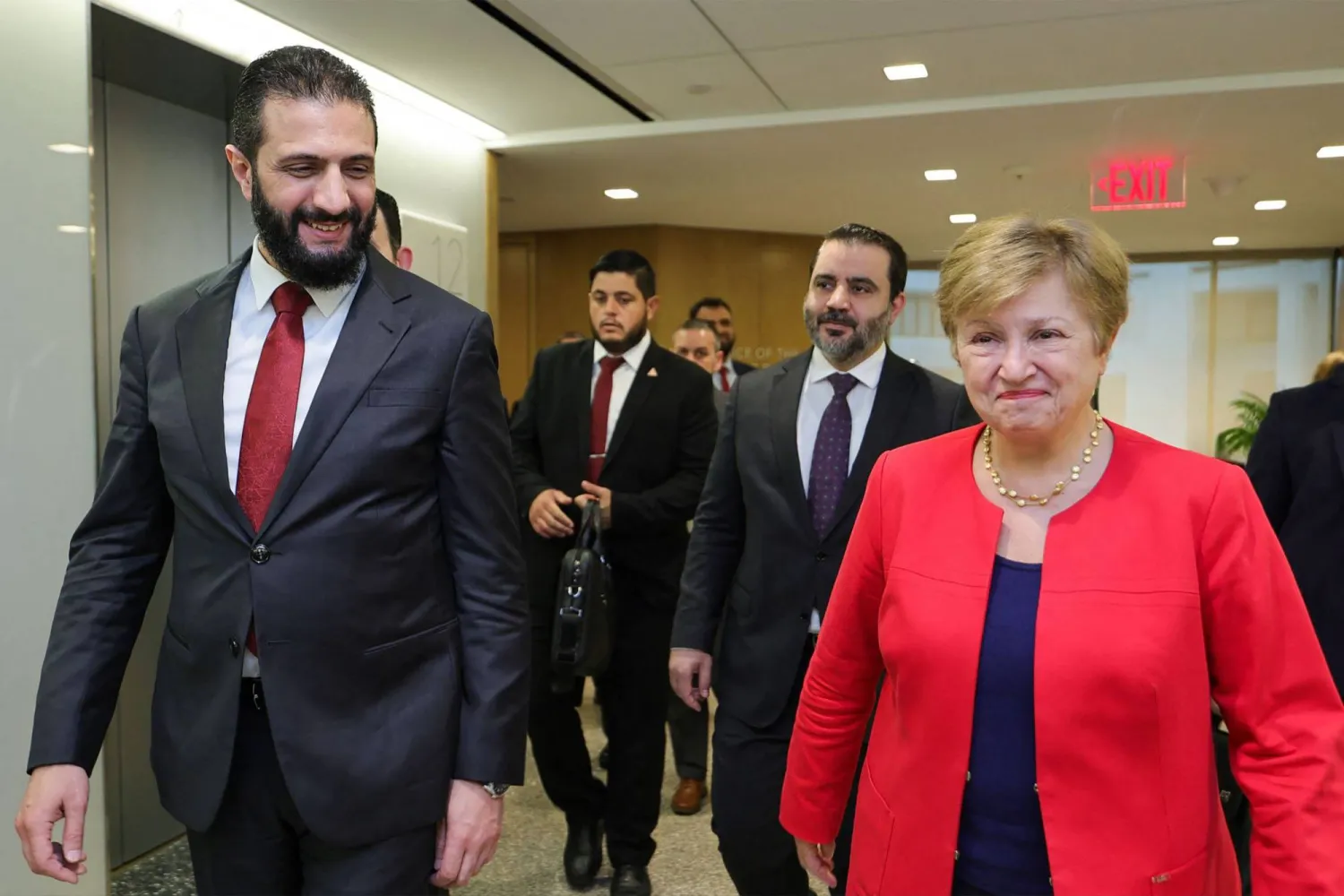Two months ahead of US sanctions on Iranian oil exports being reintroduced, Tehran witnessed a sharp drop in its crude oil sales. It also lost key importers in Asia and Africa.
The decline in Iran oil sales came before the 10th OPEC (Organization of the Petroleum Exporting Countries) and non-OPEC producers Ministerial Meeting later this month.
The decline in Iranian exports, a trend expected to continue in coming weeks, comes at a time of rising tensions within OPEC members on some member countries breaking away from a cut deal and raising production.
Disputes could reach a peak during the upcoming meeting in Algeria scheduled for September 23.
Iran exported just over 2 million barrels a day of crude oil and condensate (a light form of crude extracted from gas fields) in August, according to Bloomberg tanker tracking.
That is the lowest since March 2016, and down 28 percent from April, the last month before President Donald Trump announced that he was withdrawing from the Iran nuclear deal and re-imposing sanctions, said Bloomberg.
Several key buyers of Iranian oil have already halted purchases. There have been no shipments to South Korea or France since June, while overall exports to the European Union have fallen by about 40 percent since April.
The loss of the South Korean market creates a particular problem for Iran, as it was the destination for almost 60 percent of the country’s condensate exports. These flows were exempted from sanctions under President Barack Obama — but have been included this time around.
Bloomberg said Iran may have to cut gas extraction rates if it cannot get rid of its gas condensate, which could result in shortages during the winter.
China appears to be making good on its pledge to neither raise nor cut its purchases of Iranian crude, while India and Japan are still seeking waivers from US sanctions in return for a reduction, rather than a full curtailment, of their purchases.
Despite fears that a drop in oil exports from Iran could lead to a supply shortfall in global markets, increased production from other OPEC countries have compensated for the loss, at least so far.
OPEC production has increased by 840,000 bpd since last April, excluding the Republic of the Congo (DRC), which officially joined the group last June, with a net increase of 500,000 bpd.
While the decision taken at the meetings in Vienna in June to boost output by bringing production closer to the level agreed at the end of 2016 is helping to ease supply worries, it is also causing friction within OPEC.
Saudi oil minister Khalid Al-Falih said after the meetings that the deal allowed those producers with spare capacity to make up volumes that others were unable to produce in order to bring the group’s total output into line with the agreed level.
Iran disputes this interpretation, arguing each country should keep production in line with its individual target.









